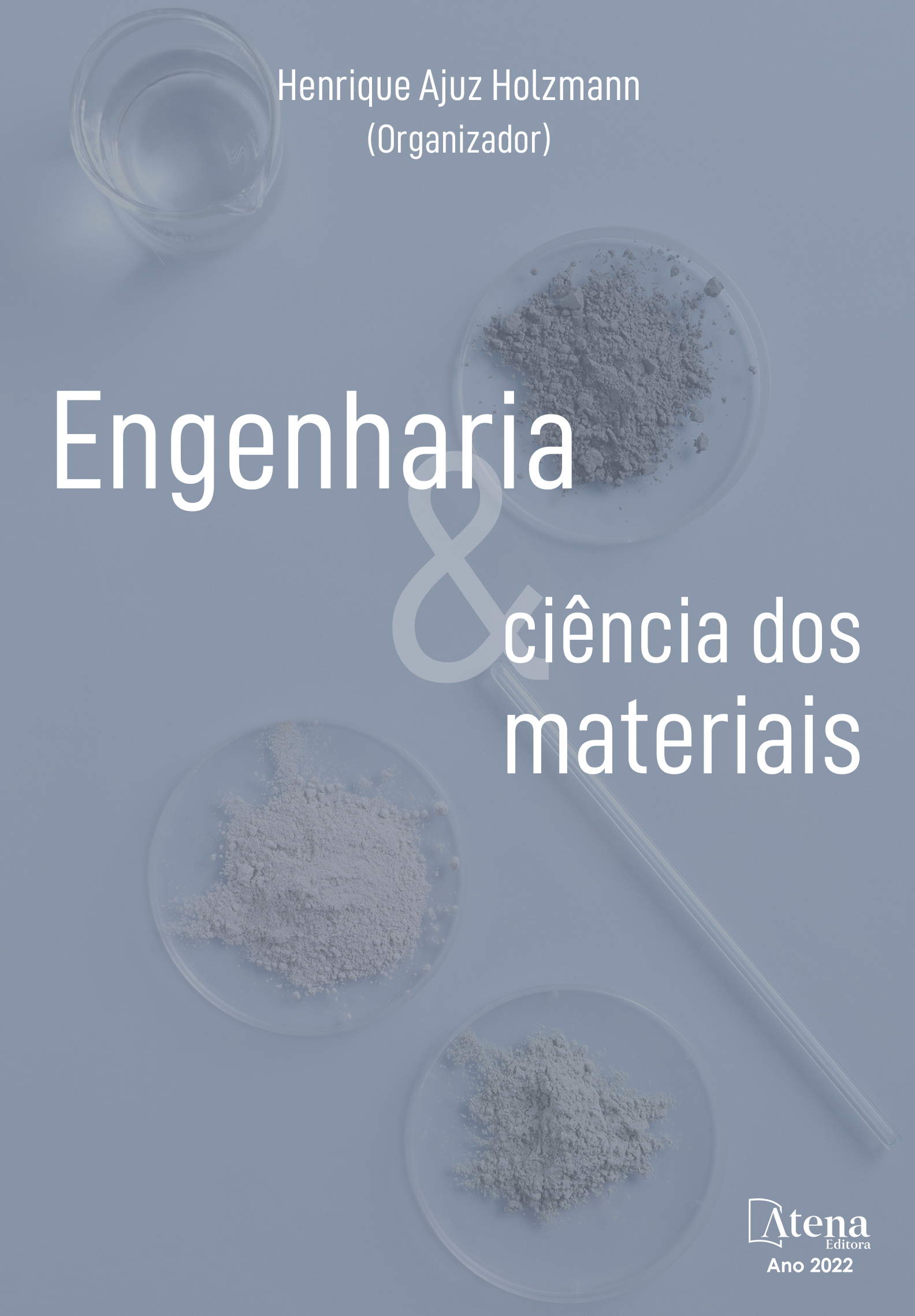
FOTOCROMISMO E ATIVIDADE FOTOCATALÍTICA DE FILMES DE TiO2 OU DE TiO2 CONTENDO DOIS DIFERENTES PRECURSORES DE TUNGSTÊNIO
A visão colorida do espectro visível depende da iluminação. O fenômeno foi explicado por Isaac Newton no século XVII, através da decomposição da luz nas cores do arco-íris. A nossa percepção visual está ligada a existência de um “trinômio”, conhecido como o observador (olhos), o objeto e a fonte de iluminação (luz). Materiais cerâmicos que absorvem o brilho no espectro visível, resultam numa mudança perceptível de cor, e são freqüentemente chamados de "centros de cores". Alguns exemplos interessantes incluem o Al2O3, o TiO2 e o WO3, são responsáveis pelas cores de rubi e safira azul, pó branco e pó amarelo respectivamente. Estes óxidos manifestam uma ampla variedade de cores, resultantes das transições eletrônicas que ocorrem na rede cristalina destes materiais. Diversos óxidos quando preparados sob a forma de filmes, exibem consideráveis alterações de cor quando expostos a um campo elétrico, radiação eletromagnética ou calor. Neste trabalho, filmes de TiO2 e de TiO2 contendo H2WO4 (ácido túngstico) ou Na2WO4.2H2O (tungstato de sódio di hidratado) foram obtidos por spin-coating. As fases presentes foram detectadas através da difração de raios X (DRX), a microestrutura foi verificada por microscopia eletrônica de varredura (MEV), a fotocatálise heterogênea determinou a atividade fotocatalítica das amostras mediante ensaios de degradação de 125 mL de uma solução 20 ppm do corante alaranjado de metila, e a colorimetria avaliou o efeito fotocrômico nos filmes através de um colorímetro. Os resultados apontam que os filmes de TiO2 contendo Na2WO4.2H2O foram os mais eficientes na mineralização do corante e simultaneamente expressaram as maiores variações colorimétricas. Devido a sincronicidade existente entre as propriedades químicas e físicas do TiO2 com o W, e pela elevação da temperatura de calcinação que ocasionou uma diminuição da energia de band gap, que provocaram uma desordem na estrutura eletrônica das amostras, intensificando a absorção de luz pelas mesmas.
FOTOCROMISMO E ATIVIDADE FOTOCATALÍTICA DE FILMES DE TiO2 OU DE TiO2 CONTENDO DOIS DIFERENTES PRECURSORES DE TUNGSTÊNIO
-
DOI: 10.22533/at.ed.0392209063
-
Palavras-chave: Trióxido de Tungstênio (WO3), Spin-Coating, Fotocatálise, Fotocromismo
-
Keywords: WO3, Spin-coating, photocatalysis, photochromism
-
Abstract:
The color view of the visible spectrum depends on lighting. The phenomenon was explained by Isaac Newton in the 17th century, through the decomposition of light into the colors of the rainbow. Our visual perception is linked to the existence of a “trinomial”, known as the observer (eyes), the object and the source of illumination (light). Ceramic materials that absorb glare in the visible spectrum, result in a noticeable change in color, and are often referred to as "color centers". Some interesting examples include Al2O3, TiO2 and WO3, which are responsible for the colors of ruby and sapphire blue, white powder and yellow powder respectively. These oxides manifest a wide variety of colors, resulting from the electronic transitions that occur in the crystal lattice of these materials. Several oxides when prepared in the form of films, exhibit considerable color changes when exposed to an electric field, electromagnetic radiation or heat. In this work, TiO2 and TiO2 films containing H2WO4 (tungstic acid) or Na2WO4.2H2O (sodium tungstate dihydrate) were obtained by spin-coating. The phases present were detected by X-ray diffraction (XRD), the microstructure was verified by scanning electron microscopy (SEM), heterogeneous photocatalysis determined the photocatalytic activity of the samples by means of degradation tests of 125 mL of a 20 ppm solution of methyl orange dye, and colorimetry evaluated the photochromic effect on the films using a colorimeter. The results indicate that the TiO2 films containing Na2WO4.2H2O were the most efficient in the mineralization of the dye and simultaneously expressed the greatest colorimetric variations. Due to the synchronicity between the chemical and physical properties of TiO2 with W, and the increase in the calcination temperature that caused a decrease in the band gap energy, which caused a disorder in the electronic structure of the samples, intensifying the absorption of light by them.
-
Número de páginas: 16
- Annelise Kopp Alves
- Luana Góes Soares da Silva


